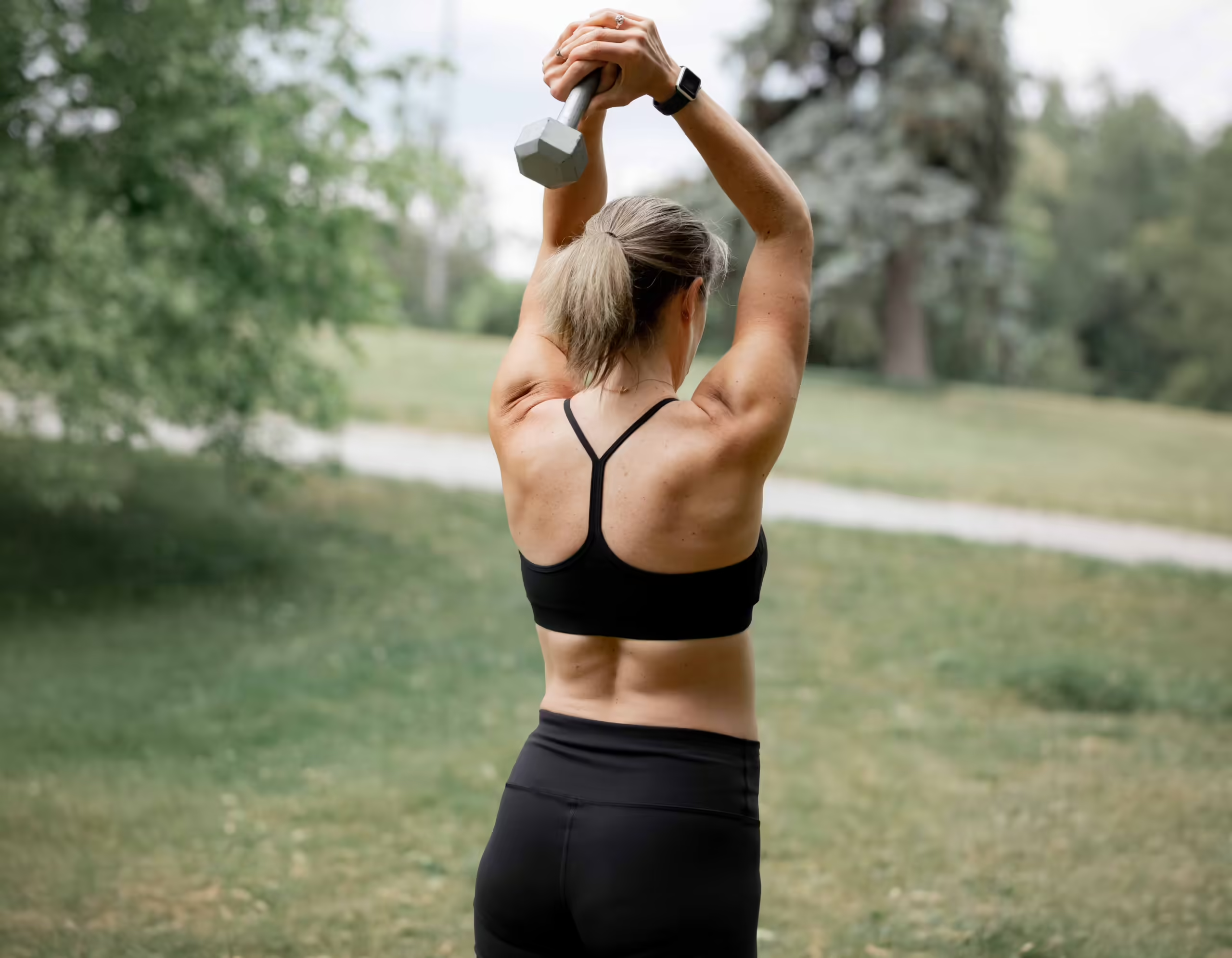Flankplasty
If you have stubborn fat, excess skin or loose tissue on your lower body, hips and/or sides, you might consider a flankplasty. Read on to find out more about what this procedure could do for you, or book a consultation today to begin your flankplasty journey.
- Finance options
- free consultation
- Hand selected regulated facilities
- GMC Registered Surgeons
- Comprehensive Aftercare
Flankplasty

- Finance options
- Hand selected regulated facilities
- GMC Registered Surgeons
- Comprehensive Aftercare
- Free Consultation
Surgery at a Glance
- Surgery Time: 2 - 3 hours
- Hospital Stay: 1 night
- Light Activities: 2 weeks
- Fully Recovery: 12 weeks
Flankplasty Surgery at a Glance
Procedure Time:
2 - 3 hours
Hospital Stay:
1 night
Light Exercise:
2 weeks
Fully Recovered:
12 weeks
Flankplasty in Detail
Flankplasty involves the removal of excess skin and tissue from the flanks – or ‘love handles’ – waist, hips and lower back area.
The flanks are an especially difficult area to tone through diet and exercise alone, and this procedure can be used to remove stubborn fat deposits and excess skin, sculpting them to improve the body’s contours and provide a leaner, tightened look in the waist and flanks areas.
Liposuction may be used in combination with flankplasty to help remove pockets of fat.
As an abdominoplasty (tummy tuck) or a thigh lift on their own may not be sufficient to achieve the desired outcome after surgery, they can be combined with a flankplasty further to shape and contour for a more aesthetically pleasing look. Your surgeon will let you know what the best surgical approach would be for you.
For those who are unhappy with excess skin and fat in their ‘love handles’ and the middle section of their body, flankplasty can:
– Tighten the area for a leaner, more contoured look
– Boost self confidence
– Help you feel more comfortable in fitted clothing or swimwear
All surgical procedures carry some degree of risk and potential complications, and flankplasty is no different. Some of the risks and side effects include:
– Infection
– Swelling
– Bleeding
– Haematoma
– Seroma (build-up of fluid)
– Scarring
Flankplasty is carried out under general anaesthetic, so you’ll be asleep for the duration of the procedure.
First of all, your surgeon will make a small incision around your waist across your lower abdomen and then down to the inner thighs. They will do their best to ensure that the incisions are in places where they can be hidden by clothing or underwear, although the scar is usually located on the lower back outside the bikini line.
Your surgeon will then remove excess tissue and fat through the incisions before they stretch the skin and trim it. The incisions will then be closed using sutures.
If you have sagging lower body skin, excess fat and/or dimpling in the buttocks, outer thighs, lower back and waist because of genetics, ageing or pregnancy or losing a lot of weight, flankplasty could be the answer.
To be a suitable candidate for this procedure, you should have a fairly consistent weight and a regular exercise regime, as well as eating healthily.
After your procedure, you should make sure that you have someone to drive you home when you are discharged from hospital. Try to get plenty of rest during the first few days of recovery, before moving on to gentle exercise to help reduce swelling and lower your chance of blood clots.
You’re likely to experience some pain, soreness or numbness in the days immediately following your procedure, which can be managed by painkillers. You’ll have bruising and swelling, which will subside over 6-8 weeks, and you’ll need to wear a compression garment for this period. You should avoid heavy lifting for 6 weeks, although you should be able to return to work after approximately 3 weeks, and avoid sleeping on your side for 4 weeks.
Request A Call Back
Latest News & Advice
Flankplasty FAQ's
If you have excess skin and fat on your lower body, perhaps because you have lost a substantial amount of weight, flankplasty may be right for you. You will need to be healthy enough to have surgery and have realistic expectations of what can be achieved by this type of treatment. And you will need to be able to take the required time off work, so that you can have the best opportunity to recover well.
Following your procedure, you may experience some pain or discomfort, which will recede as your recovery progresses. You’re likely to have swelling, which can last for weeks or months, but this will subside significantly in the first few weeks after treatment. And you could also experience some numbness in the area treated, which should gradually disappear.
Wearing your compression garment will help to alleviate swelling and stop stretching or tearing in the sutures.
Your surgeon will strategically place any incisions to minimise scarring. Initially, the scars will be swollen and when your stitches are removed, they are likely to be a dark pink colour. As time passes and you begin to heal, any scarring should flatten and fade, becoming less noticeable.






